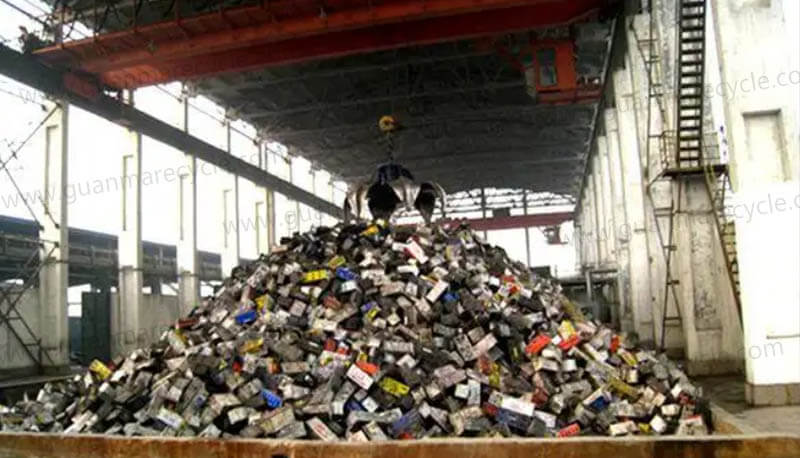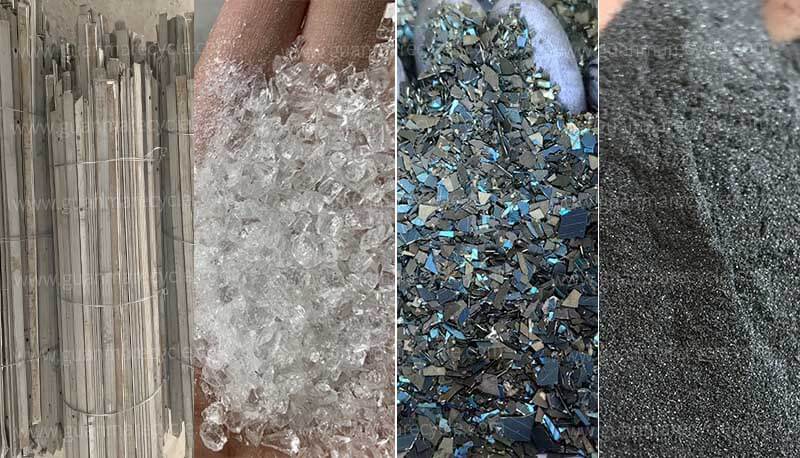Lead battery recycling refers to the process of recovering valuable materials, particularly lead, from used lead-acid batteries, which are commonly found in cars, trucks, and other industrial applications. These batteries are made up of lead plates, sulfuric acid, and a plastic casing, all of which can be reused through the recycling process.
The Process of Lead Battery Recycling
Collection and Sorting: The first step involves gathering used lead-acid batteries from various sources like automotive repair shops, recycling centers, and consumers. These batteries are then sorted to ensure that only the correct type is processed.
Discharge and Draining: The batteries are discharged to ensure that all the electrical charge is drained. Afterward, the sulfuric acid is carefully drained from the battery and neutralized, as it can be harmful if improperly handled.

Breaking Down the Battery: The next step is to break the battery apart. This is usually done by mechanical shredding, which separates the different components, such as the lead plates, plastic casing, and acid.
Lead Recovery: The lead plates, which make up a large portion of the battery’s weight, are extracted. The lead is then purified and refined for reuse, typically in the manufacturing of new batteries.
Plastic and Acid Recovery: The plastic casing of the battery is cleaned and reused, while the sulfuric acid is neutralized into sodium sulfate, which can be used in other products like detergents or glass.
Why is Lead Battery Recycling Important?
Environmental Protection: Lead is a toxic material, and improperly disposing of lead-acid batteries can cause soil and water contamination. Recycling helps prevent this pollution by safely handling and reusing lead and other components.
Economic Benefits: The recycling of lead-acid batteries provides valuable raw materials like lead and plastic that can be used in manufacturing new batteries, reducing the need for mining these resources.
Sustainability: By recycling lead batteries, we reduce the environmental impact of both producing new batteries and the disposal of used ones. It’s a key part of the circular economy.
The Role of Lead Battery Recycling in Industry
Lead battery recycling is a well-established industry worldwide. In fact, it’s one of the most recycled consumer products globally, with over 95% of lead in batteries being recoverable. Recycling reduces the need for extracting new lead from the earth, saving natural resources and energy in the process.
In summary, lead battery recycling is the process of safely recovering valuable materials from used lead-acid batteries, which can be reused to manufacture new products, minimizing environmental impact and conserving resources.


